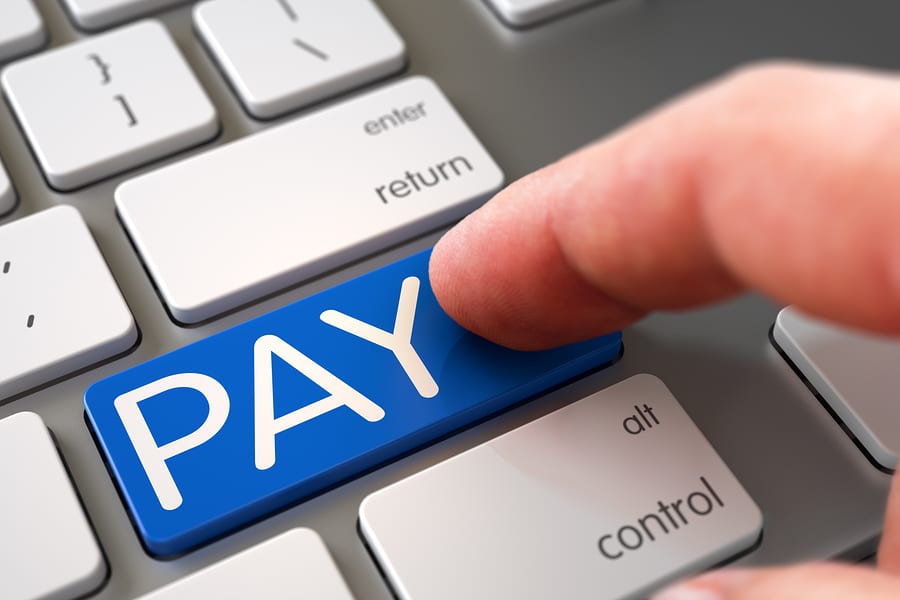
How to Minimize Chargebacks For Subscription Payment Processing
Lorem ipsum dolor sit amet, consectetur adipiscing elit. Ut elit tellus, luctus nec ullamcorper mattis, pulvinar dapibus leo.
Chargebacks can be parasitic to your subscription revenues, forcing you to not only refund payments but pay steep fines to do so. In worst-case scenarios, your merchant account can be frozen, making it impossible to do business. Read on to discover the four ways chargebacks can affect your bottom line, how to handle the three main types of chargebacks when you should contest a chargeback, and when you don't need to worry. What are Chargebacks? Chargebacks occur when a customer directly calls the...
HELLO!
This premium article is exclusively reserved for Subscription Insider PRO members.
Want access to premium member-only content like this article? Plus, conference discounts and other benefits? We deliver the information you need, for improved decision-making, skills, and subscription business profitability. Check out these membership options!
Learn more about Subscription Insider PRO memberships!
Already a Subscription Insider PRO Member?
Please Log-In Here!








